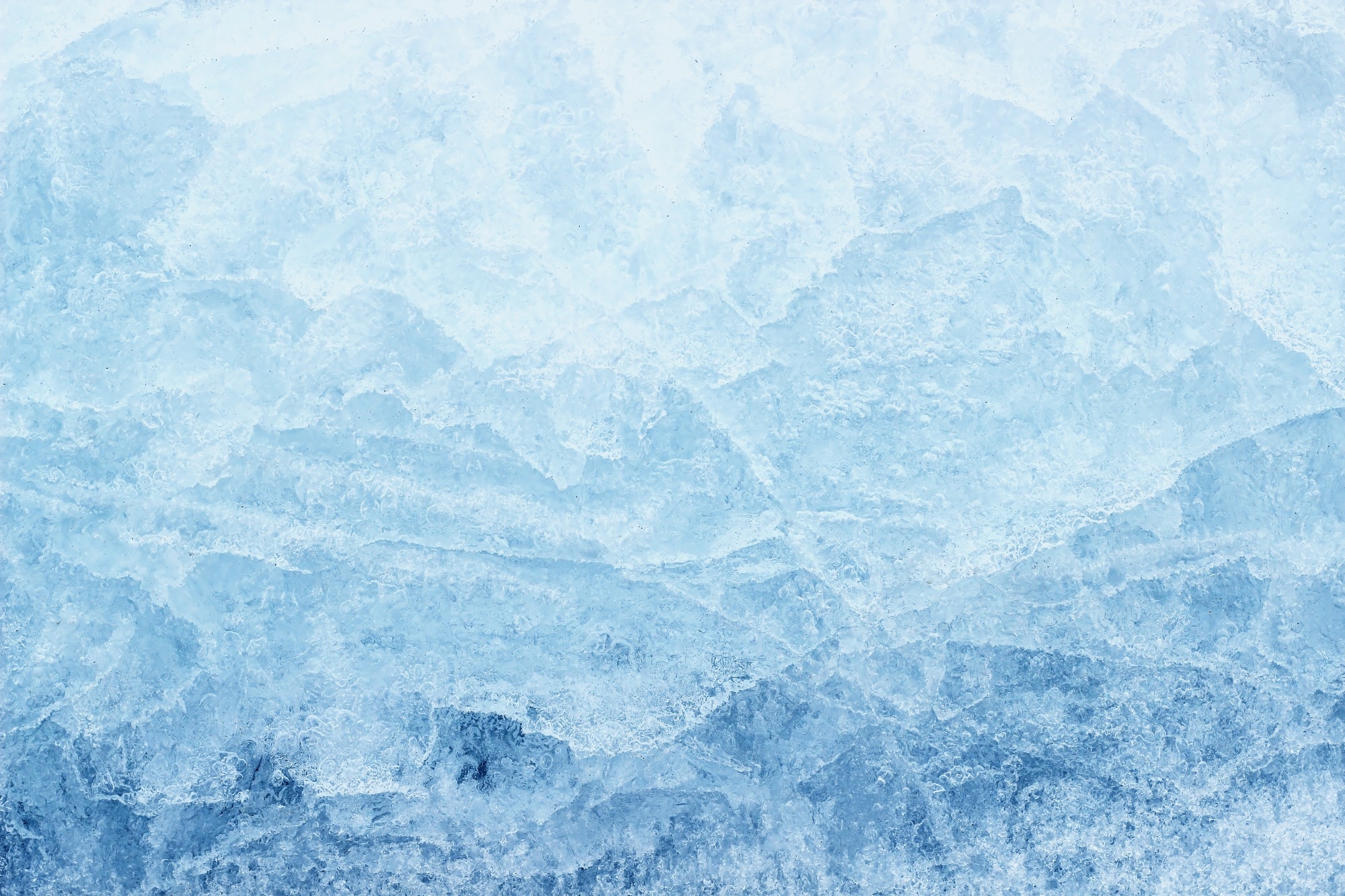Reviewed by Mila PereraSep 13 2022
A mechanical engineer from the University of Houston has created a sprayable ice-shedding substance that is 100 times more powerful than existing ones. Boeing tested the new resilient coating material under erosive rain conditions at 385 mph, and it surpassed the most recent coating technology for aerospace.

Image Credit: Shutterstock.com/photosoft
The new “fracture-controlled material” is based on the idea that any external solid object must be forced away from a surface to be detached (such as ice from an airplane wing) and that this force will invariably cause cracks at the interface. These fractures or fissures spread until the object completely separates from the surface.
Detachment can be precisely managed and accelerated using a novel idea created by Hadi Ghasemi, Cullen Associate Professor of Mechanical Engineering.
We developed a new concept in which, through material design, you can significantly accelerate the crack formation and growth and easily remove external objects from the surface. This concept is implemented to develop materials that are highly durable, and ice does not attach to these materials.
Hadi Ghasemi, Cullen Associate Professor, Mechanical Engineering, University of Houston
The study was published in the journal Materials Horizons. Ghasemi’s research group included his doctoral student, Sina Nazifi
Fracture-controlled surfaces provide a rich material platform to guide future innovation of materials with minimal adhesion while having very high durability.
Hadi Ghasemi, Cullen Associate Professor, Mechanical Engineering, University of Houston
A Necessary Solution
The icing was to blame for 12% of all flight catastrophes caused by weather from 1990 to 2000. In the power sector, icing in transmission systems can cause conductor rupture, insulator flashover, and the collapse of poles and towers.
A wide variety of materials with ice-shedding properties have been created to address the problems of icing; however, many have relatively limited durability, which limits their effectiveness.
The primary challenge in developing ice-shedding materials is finding materials with both low ice adhesion and good durability.
Hadi Ghasemi, Cullen Associate Professor, Mechanical Engineering, University of Houston
Ghasemi’s novel material offers both.
Developing new materials for aircraft, wind energy, and other industrial and commercial applications where ice is a problem is made possible by the new core idea of fracture-controlled materials. According to the researchers, ice formation on wind turbines might result in an 80% reduction in power generation, which these new coating materials could prevent.
Journal Reference
Nazifi, S., et al. (2022) Fracture-controlled surfaces as extremely durable ice-shedding materials. Materials Horizons. doi.org/10.1039/D2MH00619G.